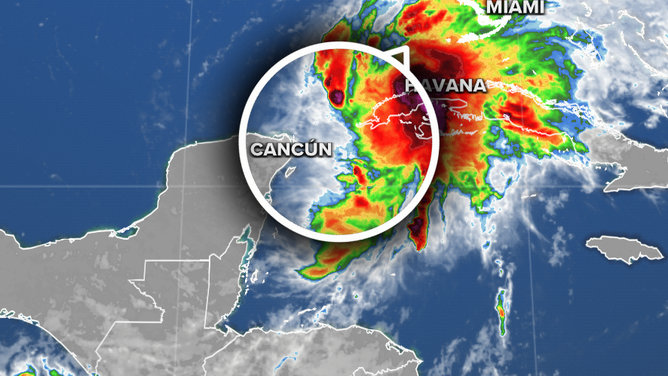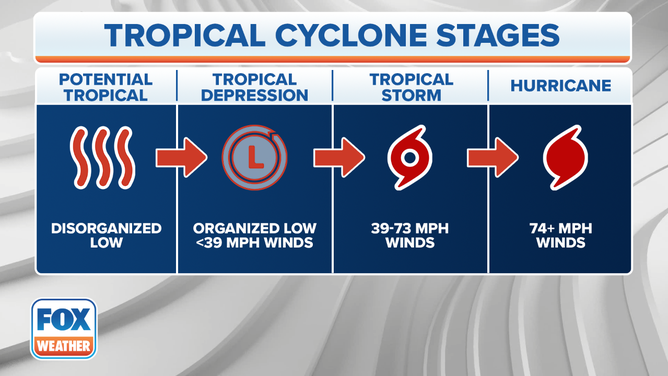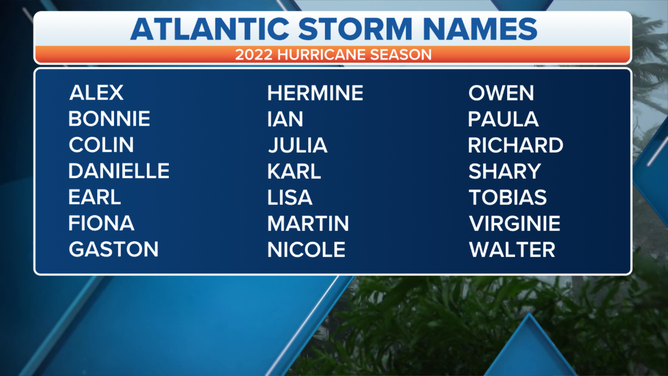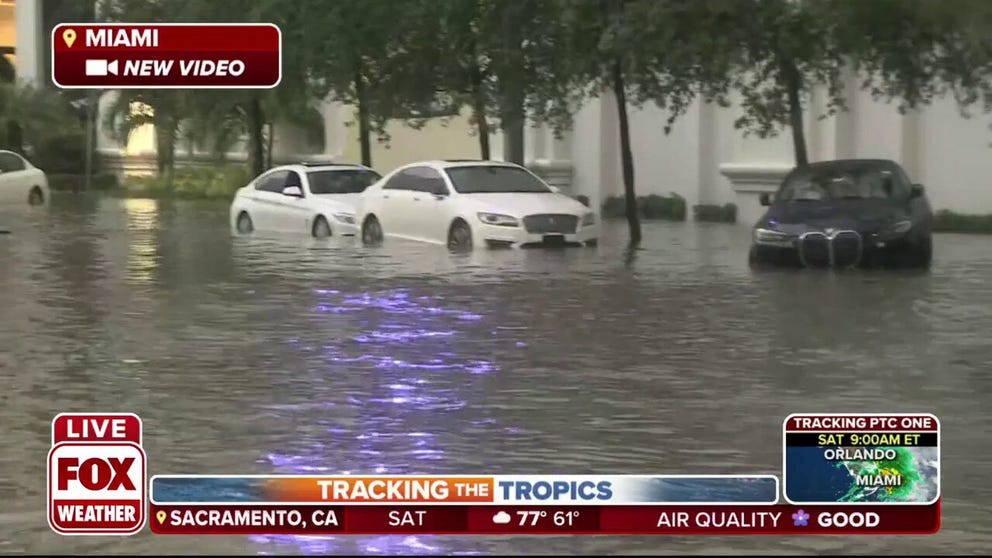Why Tropical Storm Alex never formed in the Gulf of Mexico
The naming of the first Atlantic basin tropical cyclone usually happens around June 20.
Potential Tropical Cyclone One Water Vapor Animation
Satellite animation of the last 48 hours of Potential Tropical Cyclone One
The early season setting that so many tropical systems struggle to organize in proved to be unsurmountable for Potential Tropical Cyclone One to take the next step and become a bonafide tropical cyclone while in the Gulf of Mexico.
Meteorologists say the combination of dry air, upper-level winds and land interaction kept the disturbance from gaining a true center, which would have acted as a chimney for the system to breathe and produce the needed moisture.
"The tropical disturbance we have been tracking has been unable to organize itself," FOX Weather Hurricane Specialist Bryan Norcross said. "In fact, strong upper-level winds have pushed dry air into the system, completely gumming up its works from a tropical development standpoint."

(FOX Weather)
Without a center of circulation, thunderstorms tend to fluctuate in intensity, and there isn’t the organization in place needed to keep sustained winds or precipitation.
HOW TO WATCH FOX WEATHER ON TV
It is not uncommon for disturbances, especially during June and July, to struggle to take advantage of the warm waters in the Gulf of Mexico, Caribbean and western Atlantic.
The time period is known as the transitional months, before all the ingredients typically align during the late summer and fall.
It is during the height of the hurricane season that there is typically less dry air around the basin, upper levels winds are weaker and sea surface temperatures are at their warmest, which allow systems to strengthen.
WHAT IS A POTENTIAL TROPICAL CYCLONE?
Despite Potential Tropical Cyclone One not organizing enough to be classified as either a tropical depression or a tropical storm in the Gulf, impacts were certainly felt across Florida, the Bahamas and Cuba.
Flooding in Miami Causing Cars to Drift
Parts of Miami are beginning to see heavy flooding as Potential Tropical Cyclone One continues to impact South Florida.
Miami reported nearly a foot of rainfall from the tropical system, and heavy rain in Cuba caused deadly landslides and were blamed for at least two deaths.
A tropical disturbance can produce record amounts of rain, but if a center of circulation is not present and winds are below the required criteria, the system won’t be classified as a tropical cyclone or earn a name.
Only systems with a stable circulation center are ranked on the Saffir-Simpson Hurricane Wind Scale.
Sustained winds must be at least 39 mph before a tropical cyclone is named.

The different stages of a tropical cyclone are displayed in this infographic.
(FOX Weather)
7 FACTS TO KNOW ABOUT HURRICANES
Potential Tropical Cyclone One would have earned the name Alex, but it didn’t meet the minimum threshold to classify it as a true tropical cyclone.
If you replay the exact scenario and place it in the heart of the season, those along the eastern Gulf Coast would have likely experienced a much stronger system with organized periods of rain and wind.
Residents living in coastal communities from Texas to Maine have yet to see the worst that Mother Nature will produce this hurricane season.

2022 Atlantic Basin Storm Names
(FOX Weather)
Experts at Colorado State University are calling for 20 named storms, ten hurricanes and five that could have winds stronger than 115 mph.
The Atlantic basin hurricane season runs through November 30.

